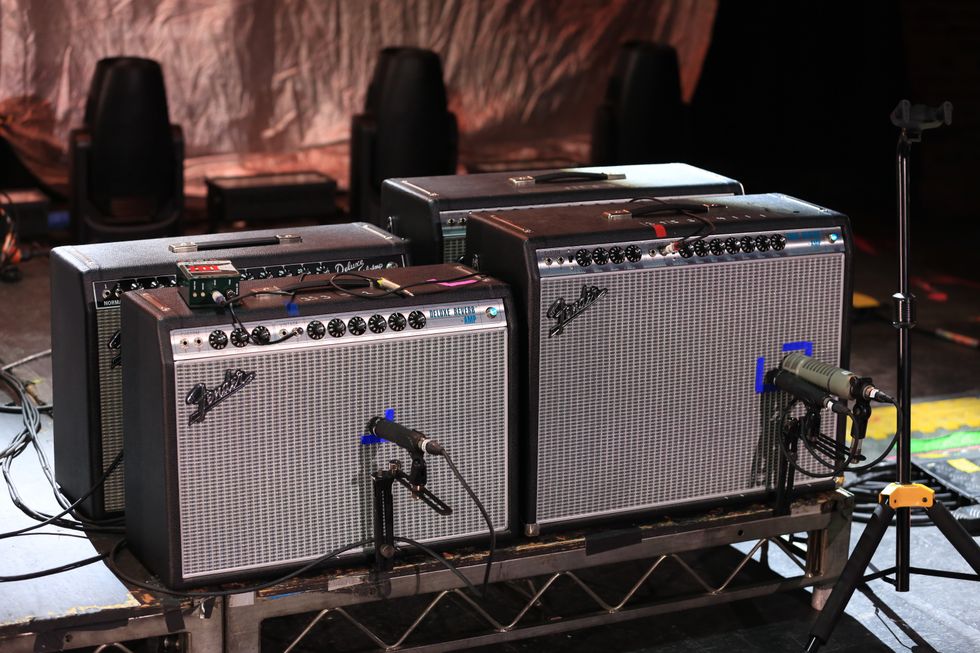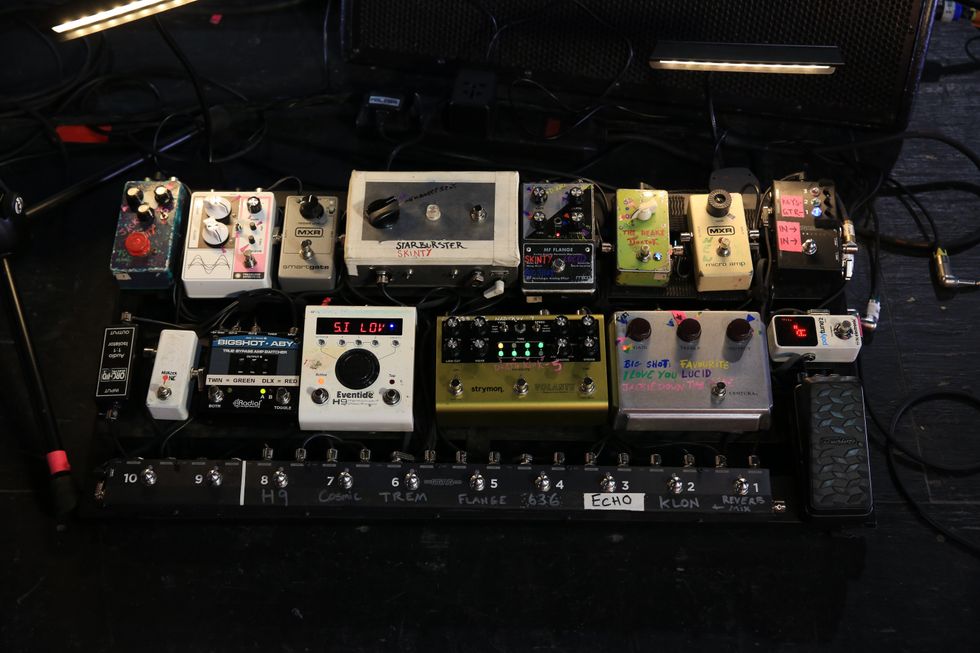Hi Jeff,
I recently acquired a ‘60s Ampeg bass amp. It says B-15-N on the top of the chassis. It’s in really nice shape, but the problem I have is the plug for the speaker cabinet is missing and I don’t know how to wire on a new plug. Can you help?
Thanks.
John
Hi John,
Very cool amp you have there. Those amps definitely do sound great and make a great recording tool in the studio. They’re known as Portaflex bass amps and countless bass tracks in the ‘60s and ‘70s were recorded with them. If you’re a fan of the Motown sound, you’re listening to the bass grooves of a Portaflex. Besides being a Motown fan, the other cool factor that these amps have for me is that this generation of Ampeg amps was manufactured in my home town of Linden, NJ. The Ampeg factory was also stomping grounds for some other notables in our industry, such as Ken Fischer (Trainwreck Amps) and Denny Kager (Sundown Amps). But I digress. On to your question.
Over the years, the amplifier to speaker connection on Portaflex amps was accomplished in a few different ways. Early Portaflex models used an octal plug and socket pair, similar to the base of an 8-pin tube (like a 6L6) and the socket it plugs into. I’ve even seen a very early model where the speaker connection was accomplished with the bolts and clasps used to secure the flip-top chassis to the speaker cabinet. While I can’t remember if I believed this to be a stock factory configuration at the time, I don’t think it’s a very reliable method. The later models, which seem to be the majority of the Portaflexes in existence today, use a 4-pin XLR plug and socket. This is the style connector I’ll be referring to, and should be easily identified by a 4-pin male XLR connector attached to the side of the speaker enclosure. You will, of course, need to source a 4-pin female XLR connector for the end of your speaker cable.
To verify that your cabinet is wired properly, look inside at the XLR connector mounted to the side of the enclosure. You should see the two speaker wires connected to pins 1 and 4 of the connector. Pins 2 and 3 should be shorted together (more on the need for this later). If this looks okay, next look at the cable coming from the chassis. There should be four wires inside the cable. If this is all good, you’re ready to attach the connector.
Strip and tin all four conductors of the cable. Looking at the rear of the cable mounted XLR connector you are about attach, you should see pins marked 1, 2, 3 and 4. Connect the green wire to pin 1. This is the positive lead from the output transformer which connects to the positive side of the speaker. Connect the black wire to pin 4. This will serve as the connection for the negative side of the speaker. Connect the white wire to pin 3. This is connected to the circuit ground of the amplifier. Lastly, connect the red wire to pin 2. This wire is actually part of a safety feature designed into the amp—and is the reason that pins 2 and 3 are shorted together on the cabinet connector. One of the most damaging things you can subject a tube amp to is attempting to play it without a load (no speaker connected to it). In order to keep this from happening, the Ampeg Portaflex amps (as well as some others, including the early B25s and SVTs) had a built-in safety feature that would prevent the amp from having any output unless the speaker cable was plugged into its proper speaker cabinet. This was accomplished in a couple of different ways.
In your amp, when the plug was inserted, the shorted pins would connect the cathode resistor of the phase inverter to ground, enabling the phase inverter, which was then able to drive the output tubes. This was probably deemed a bit safer than its design predecessor, in which the connector furnished a ground connection to the center tap of the high-voltage winding of the mains transformer. I guess it just seemed safer to be switching the low voltage connection in the phase inverter than the high voltage connection in the power supply—but where is the adventure in that?
Anyway, now you know how to get your Portaflex up and running. With any luck, the speaker is in good shape, and all it may require is a bit of maintenance and possibly a new set of tubes. Hopefully, it still has the cool Plexiglas light-up Ampeg logo. You could find someone to engrave your initials in it as players used to do “back in the day.” Now go lay down some low down.
‘Till next time…
Jeff Bober
Co-Founder and Senior Design Engineer Budda Amplification jeffb@budda.com or www.budda.com.
I recently acquired a ‘60s Ampeg bass amp. It says B-15-N on the top of the chassis. It’s in really nice shape, but the problem I have is the plug for the speaker cabinet is missing and I don’t know how to wire on a new plug. Can you help?
Thanks.
John
Hi John,
Very cool amp you have there. Those amps definitely do sound great and make a great recording tool in the studio. They’re known as Portaflex bass amps and countless bass tracks in the ‘60s and ‘70s were recorded with them. If you’re a fan of the Motown sound, you’re listening to the bass grooves of a Portaflex. Besides being a Motown fan, the other cool factor that these amps have for me is that this generation of Ampeg amps was manufactured in my home town of Linden, NJ. The Ampeg factory was also stomping grounds for some other notables in our industry, such as Ken Fischer (Trainwreck Amps) and Denny Kager (Sundown Amps). But I digress. On to your question.
Over the years, the amplifier to speaker connection on Portaflex amps was accomplished in a few different ways. Early Portaflex models used an octal plug and socket pair, similar to the base of an 8-pin tube (like a 6L6) and the socket it plugs into. I’ve even seen a very early model where the speaker connection was accomplished with the bolts and clasps used to secure the flip-top chassis to the speaker cabinet. While I can’t remember if I believed this to be a stock factory configuration at the time, I don’t think it’s a very reliable method. The later models, which seem to be the majority of the Portaflexes in existence today, use a 4-pin XLR plug and socket. This is the style connector I’ll be referring to, and should be easily identified by a 4-pin male XLR connector attached to the side of the speaker enclosure. You will, of course, need to source a 4-pin female XLR connector for the end of your speaker cable.
To verify that your cabinet is wired properly, look inside at the XLR connector mounted to the side of the enclosure. You should see the two speaker wires connected to pins 1 and 4 of the connector. Pins 2 and 3 should be shorted together (more on the need for this later). If this looks okay, next look at the cable coming from the chassis. There should be four wires inside the cable. If this is all good, you’re ready to attach the connector.
Strip and tin all four conductors of the cable. Looking at the rear of the cable mounted XLR connector you are about attach, you should see pins marked 1, 2, 3 and 4. Connect the green wire to pin 1. This is the positive lead from the output transformer which connects to the positive side of the speaker. Connect the black wire to pin 4. This will serve as the connection for the negative side of the speaker. Connect the white wire to pin 3. This is connected to the circuit ground of the amplifier. Lastly, connect the red wire to pin 2. This wire is actually part of a safety feature designed into the amp—and is the reason that pins 2 and 3 are shorted together on the cabinet connector. One of the most damaging things you can subject a tube amp to is attempting to play it without a load (no speaker connected to it). In order to keep this from happening, the Ampeg Portaflex amps (as well as some others, including the early B25s and SVTs) had a built-in safety feature that would prevent the amp from having any output unless the speaker cable was plugged into its proper speaker cabinet. This was accomplished in a couple of different ways.
In your amp, when the plug was inserted, the shorted pins would connect the cathode resistor of the phase inverter to ground, enabling the phase inverter, which was then able to drive the output tubes. This was probably deemed a bit safer than its design predecessor, in which the connector furnished a ground connection to the center tap of the high-voltage winding of the mains transformer. I guess it just seemed safer to be switching the low voltage connection in the phase inverter than the high voltage connection in the power supply—but where is the adventure in that?
Anyway, now you know how to get your Portaflex up and running. With any luck, the speaker is in good shape, and all it may require is a bit of maintenance and possibly a new set of tubes. Hopefully, it still has the cool Plexiglas light-up Ampeg logo. You could find someone to engrave your initials in it as players used to do “back in the day.” Now go lay down some low down.
‘Till next time…
Jeff Bober
Co-Founder and Senior Design Engineer Budda Amplification jeffb@budda.com or www.budda.com.






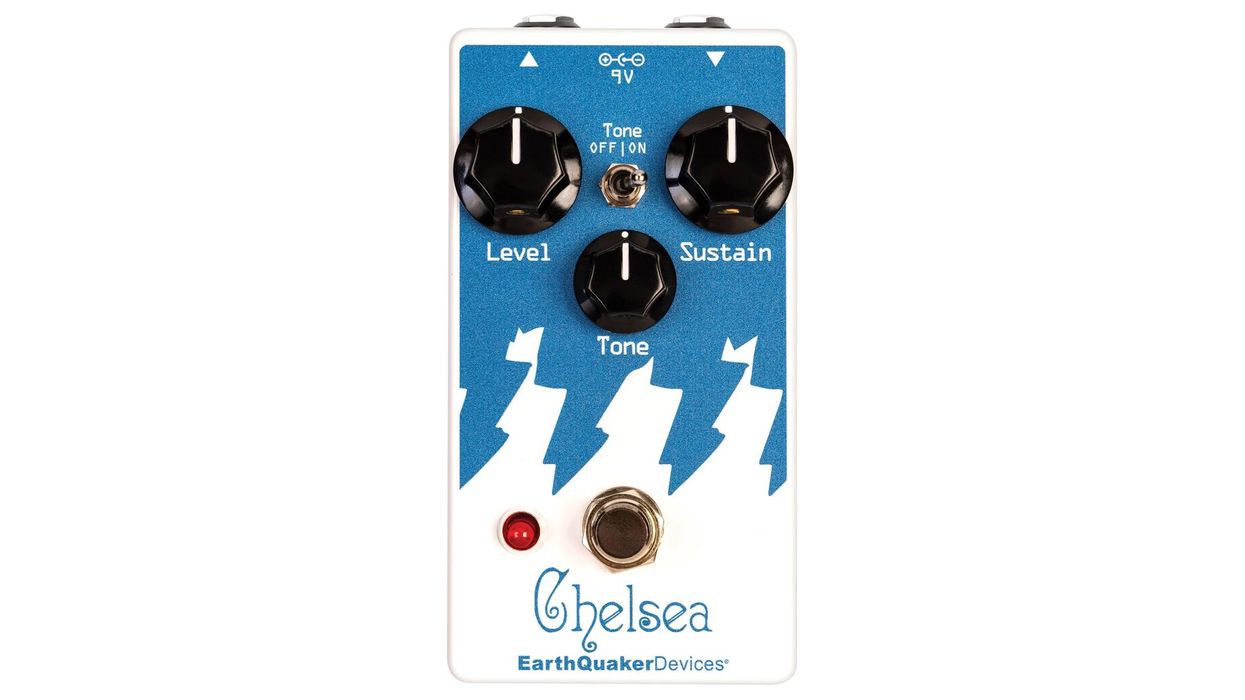





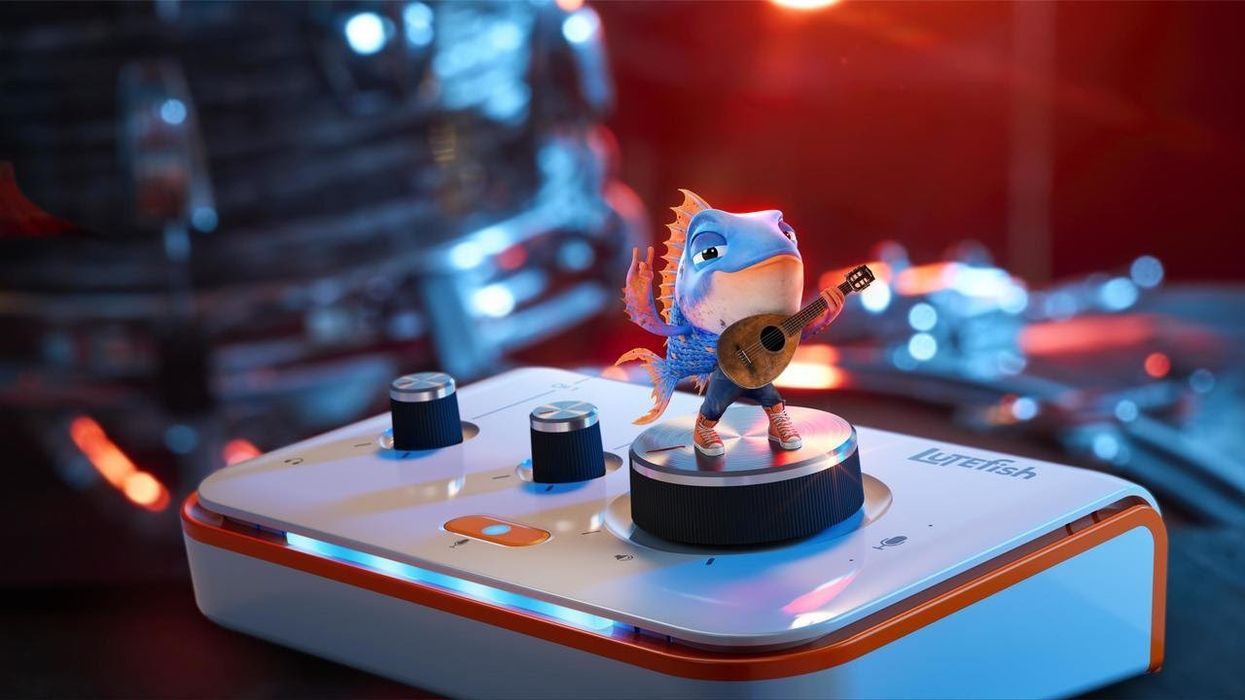

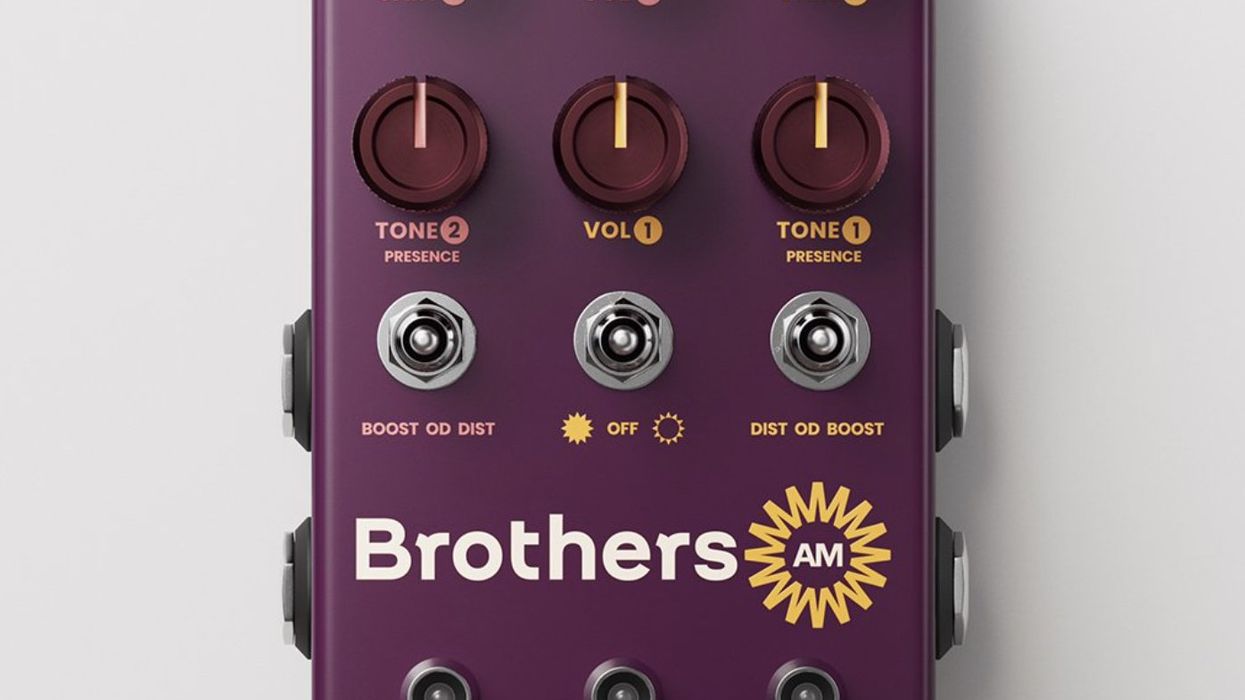
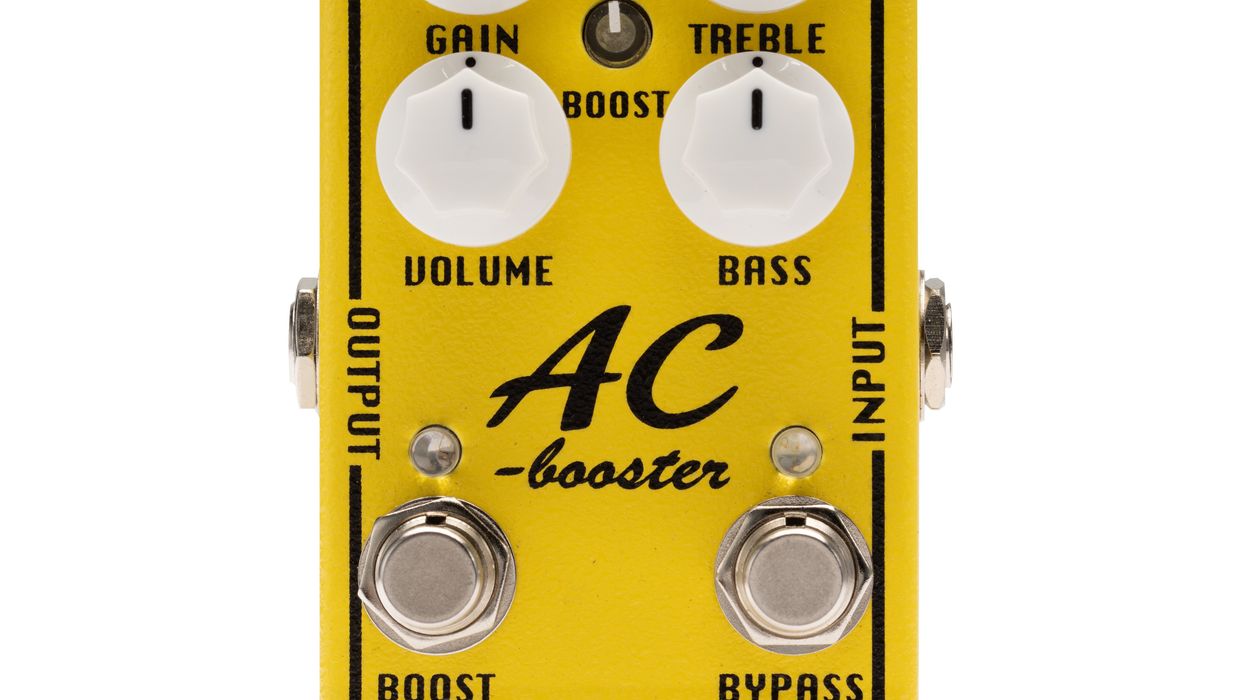

![Fontaines D.C. Rig Rundown [2025]](https://www.premierguitar.com/media-library/image.jpg?id=60290466&width=1245&height=700&quality=85&coordinates=0%2C0%2C0%2C0)
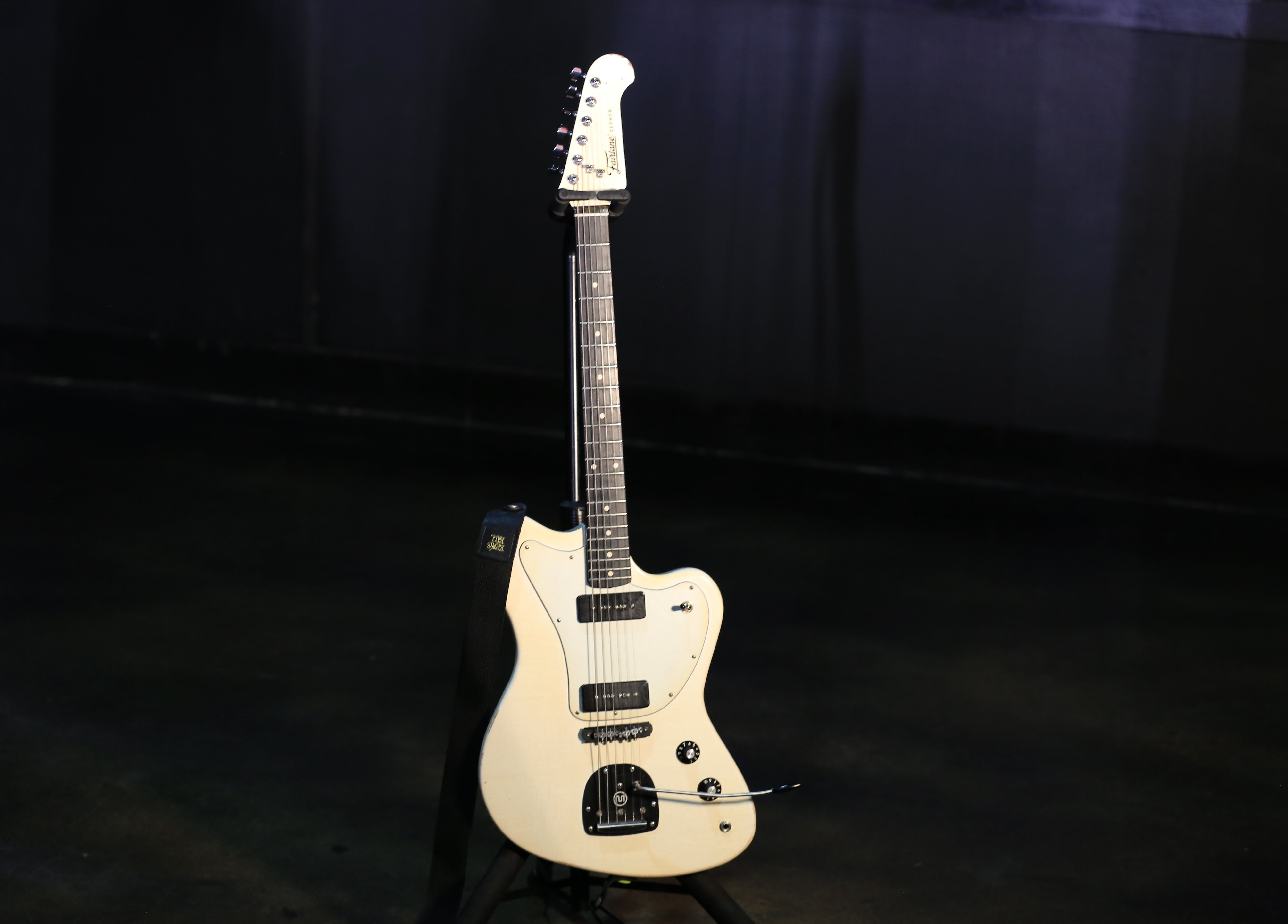
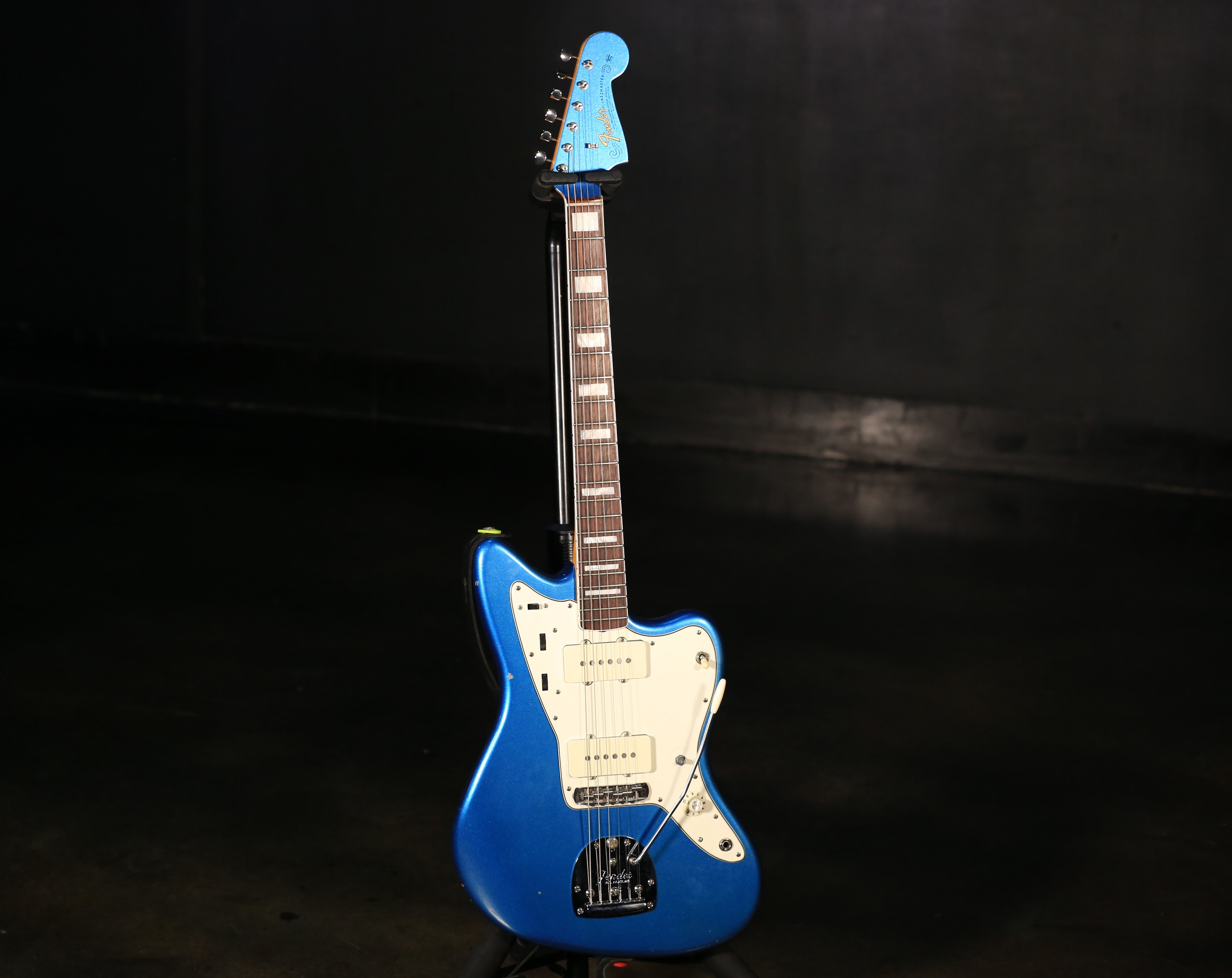
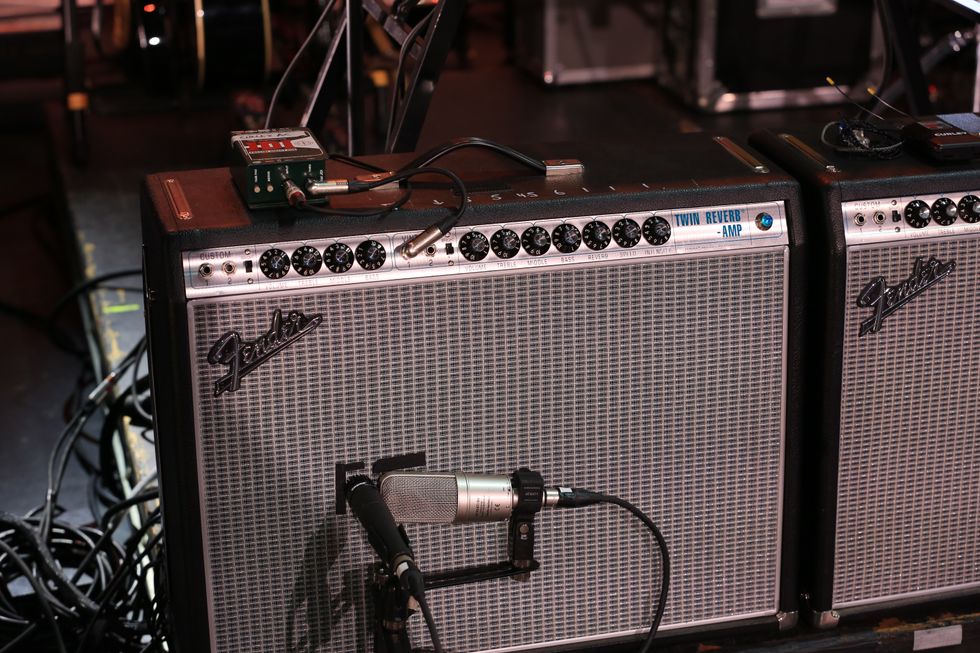
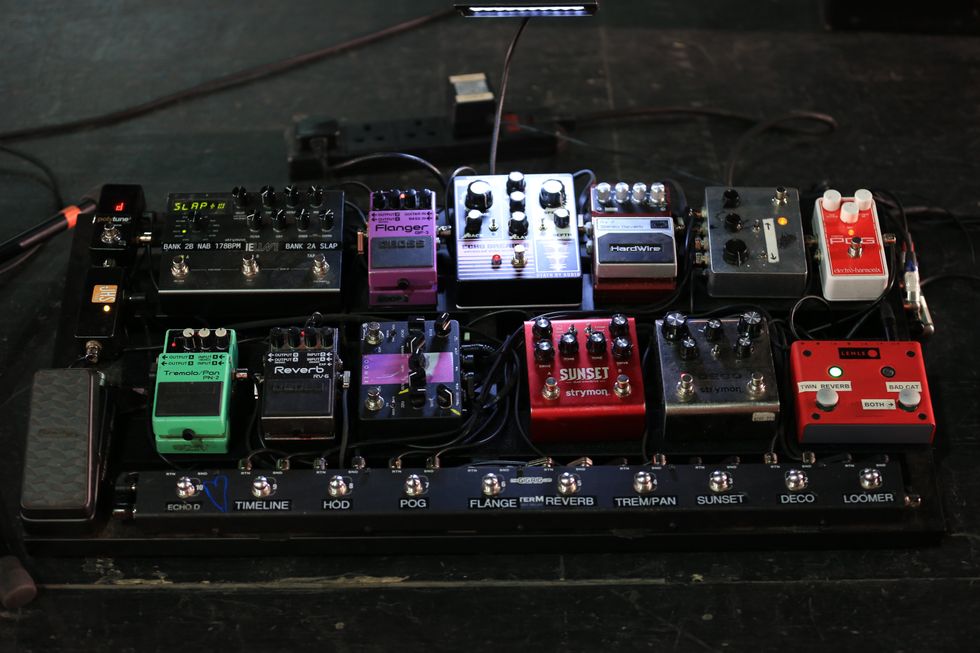
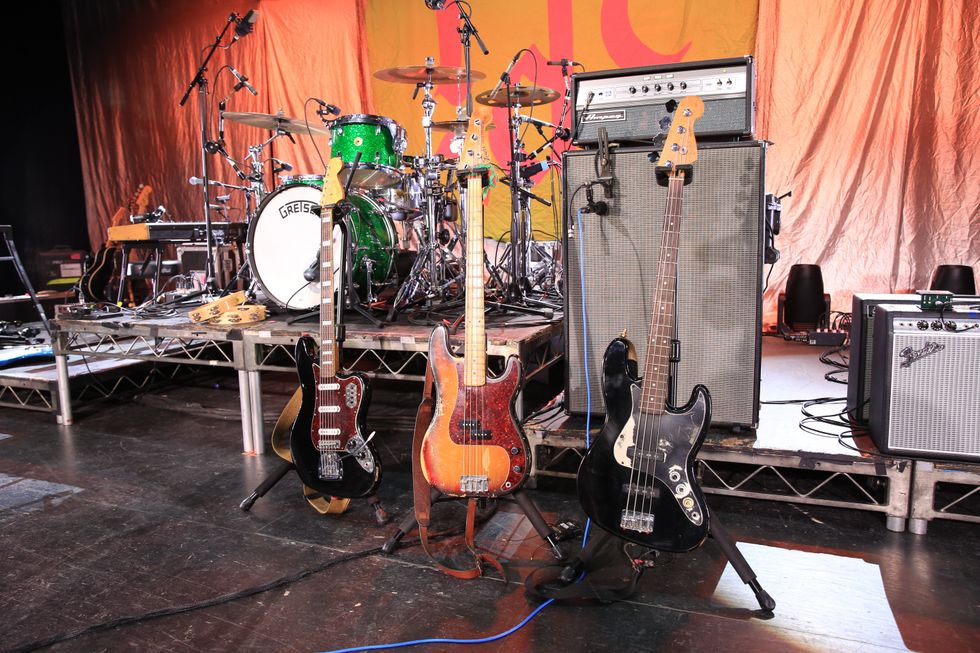
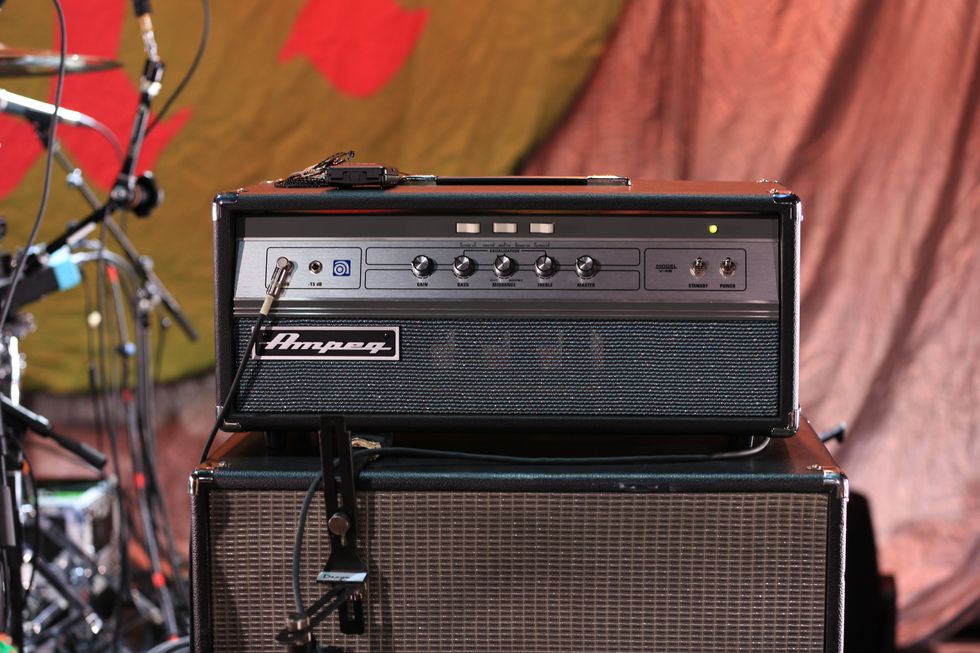
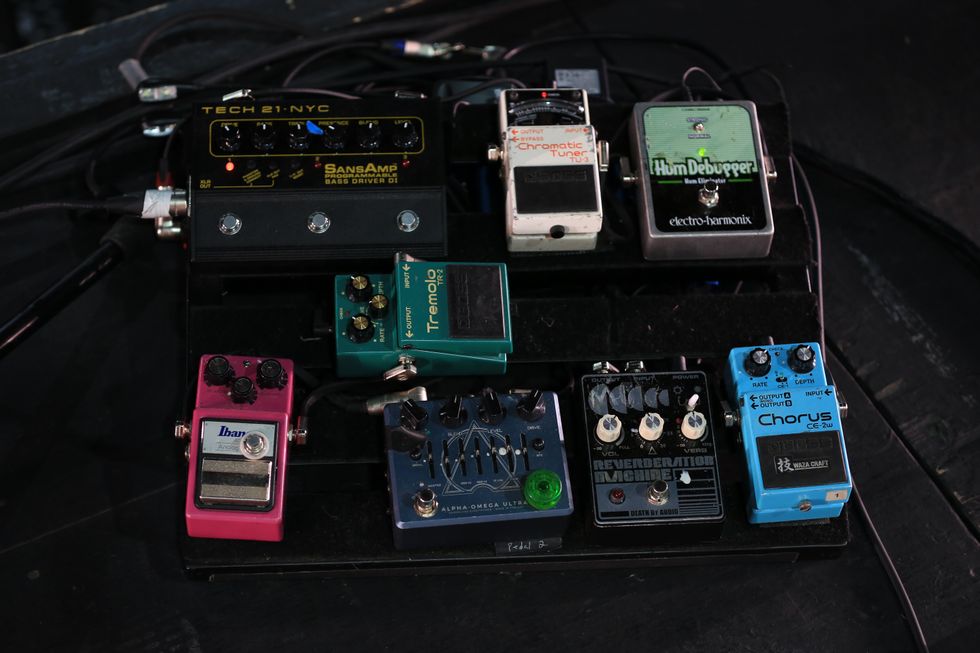
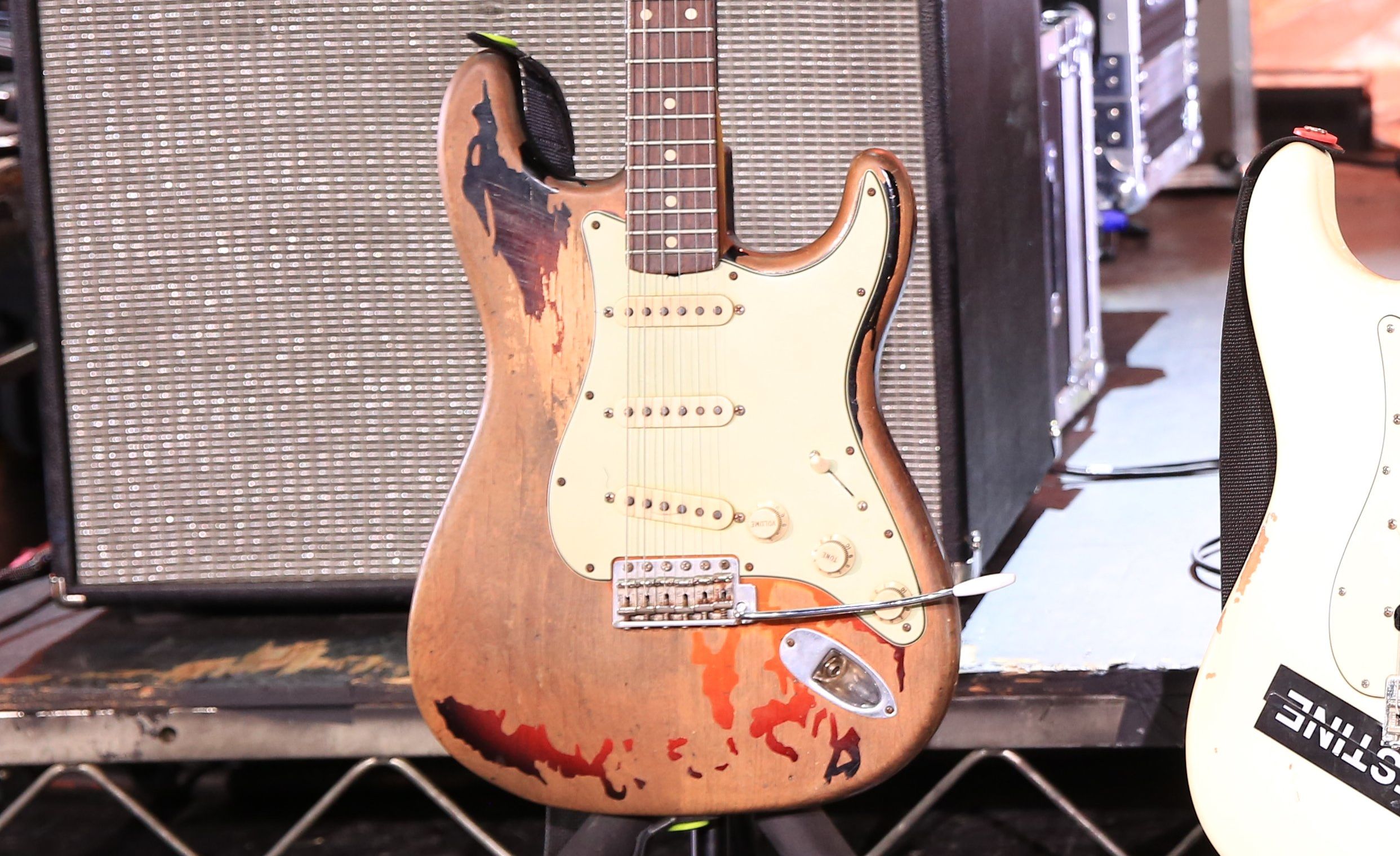
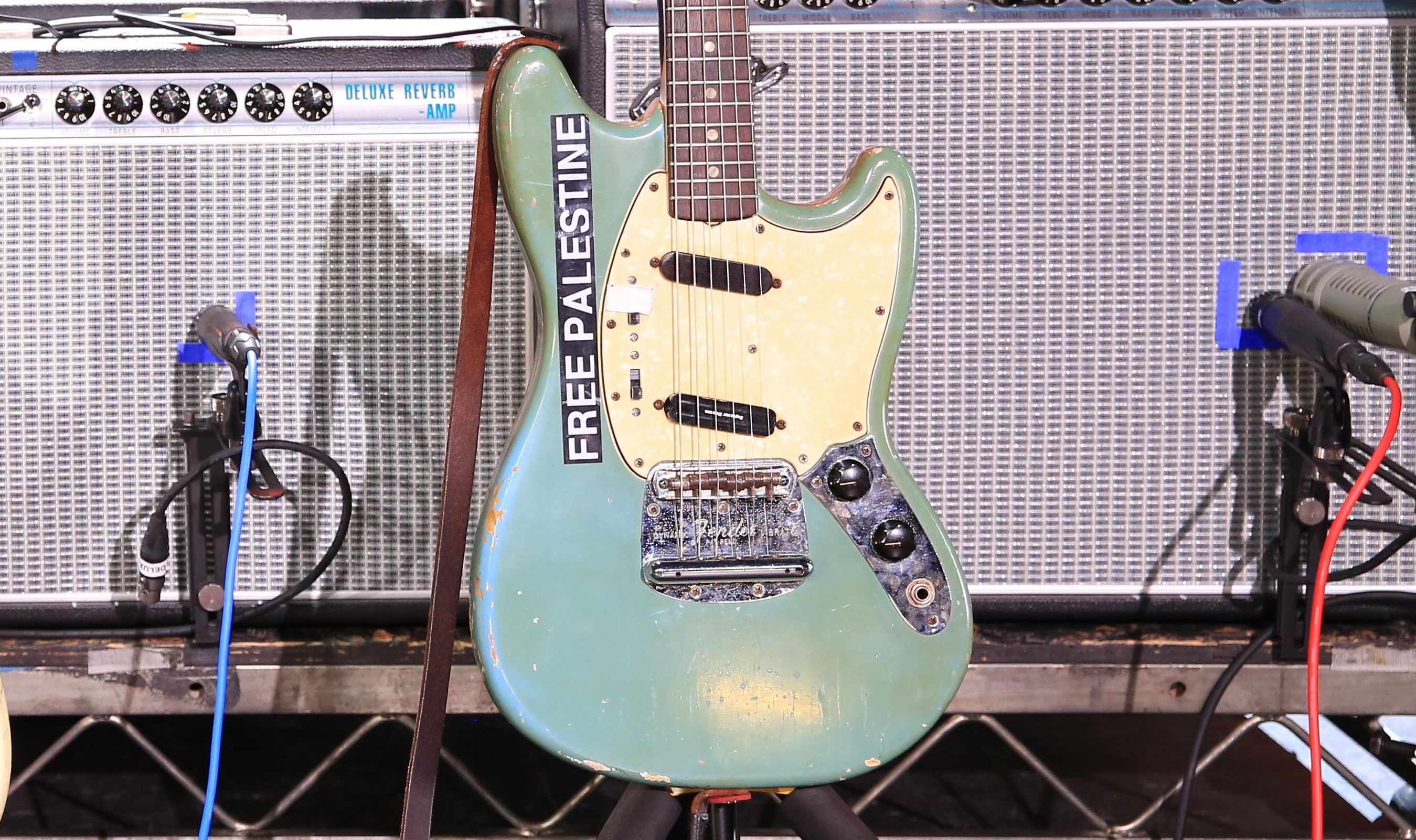 Mustang Muscle
Mustang Muscle